Intro
Explore atrial fibrillation surgery options, including ablation and maze procedures, to treat irregular heartbeats and reduce stroke risk, improving cardiac health and quality of life.
Atrial fibrillation, often referred to as AFib, is a common type of arrhythmia characterized by an irregular and often rapid heart rhythm. This condition can lead to a range of complications, including stroke, heart failure, and other heart-related problems. While medications and lifestyle changes are often the first line of treatment, surgery may be necessary for some patients. The decision to undergo surgery for atrial fibrillation is a significant one, and understanding the various surgical options available is crucial for making an informed decision.
The importance of addressing atrial fibrillation cannot be overstated. It affects millions of people worldwide, and its prevalence increases with age. The condition not only impacts the quality of life but also poses serious health risks. Therefore, exploring all available treatment options, including surgery, is essential for managing the condition effectively. Surgical interventions for atrial fibrillation have evolved significantly over the years, offering patients a range of choices tailored to their specific needs and health status.
For individuals living with atrial fibrillation, the prospect of surgery can be daunting. However, advancements in medical technology and surgical techniques have made these procedures safer and more effective. From minimally invasive surgeries to more traditional open-heart surgeries, the array of surgical options for atrial fibrillation aims to restore a regular heart rhythm, reduce symptoms, and prevent future complications. Understanding these options, their benefits, and their risks is vital for patients and their healthcare providers to make informed decisions about the best course of treatment.
Atrial Fibrillation Surgery Overview
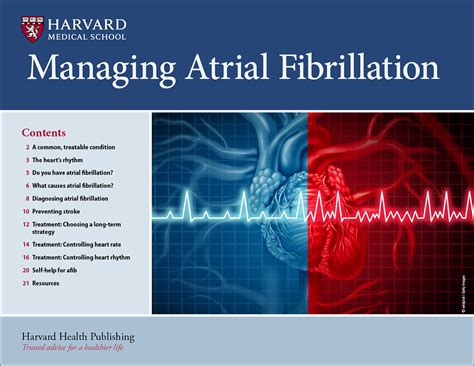
Types of Atrial Fibrillation Surgeries
There are several types of surgeries used to treat atrial fibrillation, each with its own set of benefits and risks. These include: - **Maze Surgery:** A surgical procedure that involves making small incisions in the upper chambers of the heart to disrupt abnormal electrical signals. - **Catheter Ablation:** A minimally invasive procedure where a catheter is used to destroy the abnormal electrical pathways in the heart. - **Laser Surgery:** Uses a laser to destroy the abnormal tissue causing the arrhythmia. - **Hybrid Surgery:** Combines different surgical techniques, such as maze surgery and catheter ablation, to achieve better results.Catheter Ablation for Atrial Fibrillation
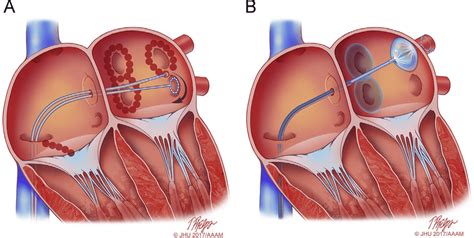
Benefits of Catheter Ablation
The benefits of catheter ablation for atrial fibrillation include: - **Minimally Invasive:** Reduces recovery time and the risk of complications compared to open-heart surgery. - **Effective:** Can significantly reduce or eliminate symptoms of atrial fibrillation. - **Low Risk:** Generally considered safe, with most patients experiencing minimal side effects.Maze Surgery for Atrial Fibrillation
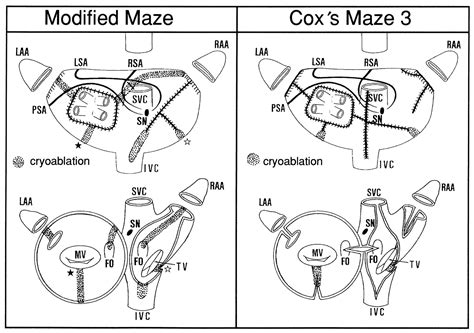
Risks and Complications of Maze Surgery
While maze surgery is generally safe, there are risks and potential complications, including: - **Bleeding and Infection:** As with any surgery, there is a risk of bleeding and infection. - **Stroke:** There is a small risk of stroke associated with maze surgery. - **Heart Failure:** In some cases, maze surgery can lead to heart failure, especially if the heart is already weakened.Lifestyle Changes After Atrial Fibrillation Surgery
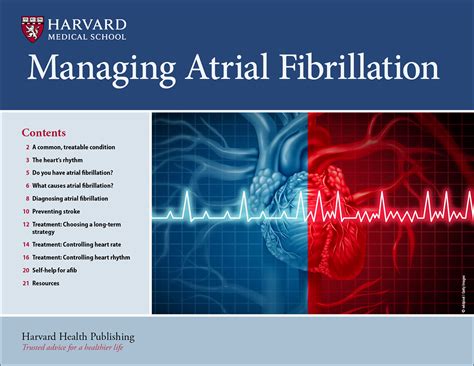
Importance of Follow-Up Care
Follow-up care is crucial after atrial fibrillation surgery. Regular check-ups with the healthcare provider can help monitor the patient's progress, manage any side effects, and prevent future complications. Patients should also be aware of the signs of complications, such as chest pain, shortness of breath, or palpitations, and seek medical attention immediately if these symptoms occur.Future Directions in Atrial Fibrillation Surgery
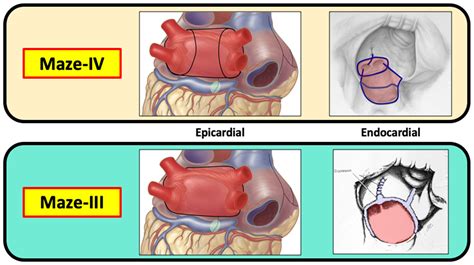
Conclusion and Next Steps
Atrial fibrillation surgery offers a range of options for patients looking to manage their condition and improve their quality of life. By understanding the different types of surgeries, their benefits, and their risks, patients can make informed decisions about their care. It is essential for patients to work closely with their healthcare providers to determine the best course of treatment and to follow through with recommended lifestyle changes and follow-up care. As the field of atrial fibrillation surgery continues to evolve, patients can look forward to even more effective and safer treatment options in the future.What are the risks associated with atrial fibrillation surgery?
+The risks associated with atrial fibrillation surgery include bleeding, infection, stroke, and heart failure. However, these risks vary depending on the type of surgery and the patient's overall health.
How long does it take to recover from atrial fibrillation surgery?
+Recovery time from atrial fibrillation surgery can vary. For minimally invasive procedures like catheter ablation, recovery is typically quick, with most patients returning to their normal activities within a few days. For more invasive surgeries like maze surgery, recovery can take several weeks to a few months.
Can atrial fibrillation surgery cure the condition?
+Atrial fibrillation surgery can significantly reduce or eliminate symptoms of atrial fibrillation, but it may not cure the condition in all cases. The success of the surgery depends on various factors, including the type of procedure and the patient's overall health.
We invite you to share your experiences or ask questions about atrial fibrillation surgery in the comments below. Your insights can help others understand their treatment options better and make informed decisions about their care. Additionally, consider sharing this article with anyone who might benefit from learning more about atrial fibrillation surgery, and let's work together to raise awareness about this important health topic.
